Paul Elliott, Course Leader for
Filmmaking BA talks us through six great films that display the incredible potential of film to fuel your creativity.
Blow Up (UK, 1966)
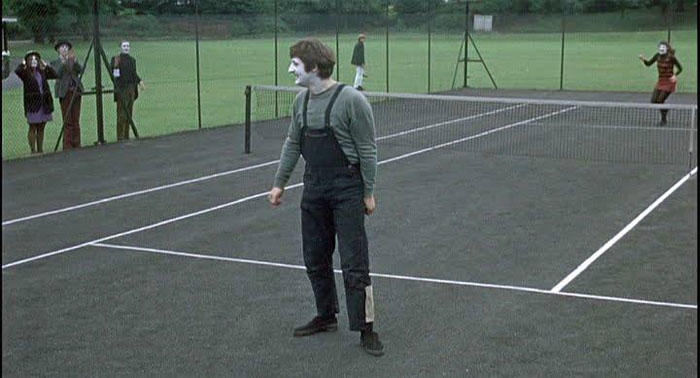
Set in swinging London, Michelangelo Antonioni’s classic film Blow Up is both an art film and a reflection of a changing Britain. Jam-packed with coolness and style it is a great example of how cinema captures a moment in time. It also has an exciting plot and a devilish twist.
You will wonder at how great David Hemmings looks wandering through London in the 1960s, marvel at the group The Yardbirds playing live in a busy, dimly-lit club and gasp at a group of mime artists playing tennis in a park without a ball! Why? Well it was the 1960s after all.
Things People Have Said About It:
“Michelangelo Antonioni's "Blow-Up" opened in America two months before I became a film critic, and colored my first years on the job with its lingering influence. It was the opening salvo of the emerging "film generation,".” - Roger Ebert
Things to Learn: Notice how Antonioni captures the spirit of the times. How might we do that today?
The Conversation (USA, 1974)
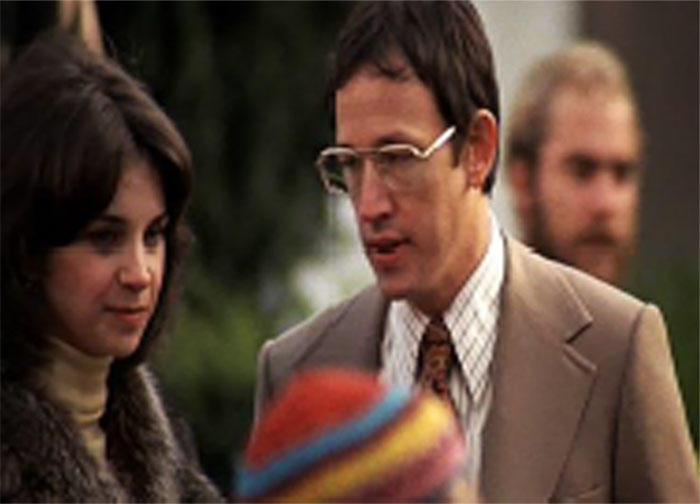
Francis Ford Coppola’s classic film starring Gene Hackman starts where Blow Up left off. The story of a surveillance expert who accidentally overhears what he thinks is a murder plot, this film is a study in paranoia and obsession. It is pure 1970s New Hollywood.
This film was nominated for three Oscars and the central performance by Hackman made him an instant star. The real focus of this film however is sound: how it affects an audience, how it can shape a narrative, and how it can be used to create tension.
If ever you want to learn how to record sound and make it work for you watch The Conversation.
Things People Have Said About It:
“So, what is wonderful about this film? Everything. Its sparseness as a thriller means it’s absolutely unpatronising, despite such heightened intelligence. Humane, too; a strange combination, but a neat one.“ - Catherine Shroud
Things to Learn: The importance of sound! Many filmmakers stress the importance of recording good quality sound. Be sure to concentrate on hearing what your actors are saying.
Film: The Breakfast Club (USA, 1985)
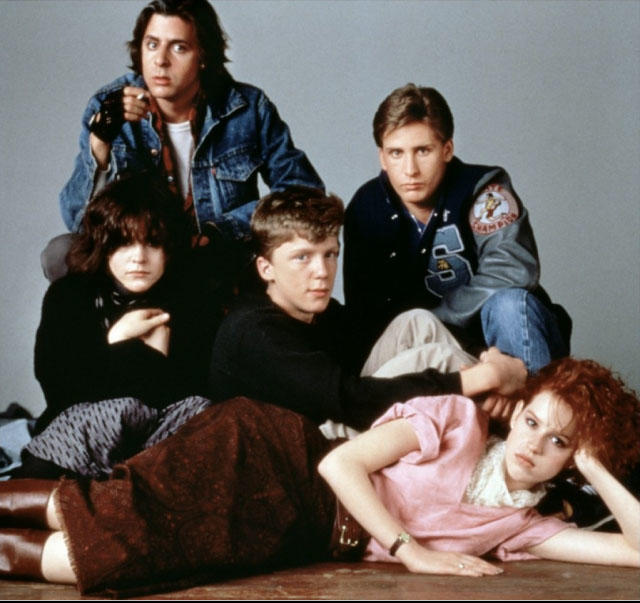
Spawning a host of copycat films, John Hughes’ film The Breakfast Club is the archetypal youth movie. Kickstarting the careers of actors such as Molly Ringwald and Emilio Estevez this is study in character and emotion. This film speaks to anyone who has felt like an outsider, anyone who has been in detention and anyone who has played air guitar along to Simple Minds’ Don’t You Forget About Me.
The three most important things in this film are character, character, and character. Based on a simple premise it is a great example of the screenwriter’s art. The 1980s will perhaps be seen as the decade of special effects; the decade of E.T., Return of the Jedi, and Tron. However, The Breakfast Club proved it was also a decade where Hollywood concerned itself with heart and with character. Who can forget those opening lines; “Dear Mr Vernon, we accept the fact that we had to sacrifice a whole Saturday in detention for whatever it was we did wrong.”
Things People Have Said About It:
“Calling it radical would be a stretch, yet in 1985 The Breakfast Club dressed differently from all the other teen comedies flying down the chutes.” – Simon Crook
Things to Learn: The importance of the script. This film made history with a limited set and five main characters.
Trainspotting (UK, 1996)
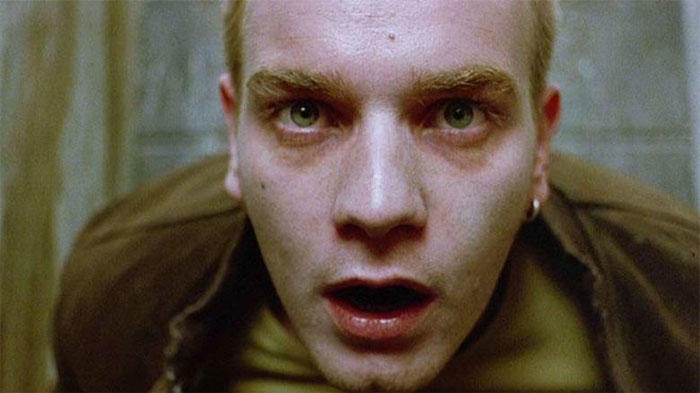
Trainspotting burst onto cinema screens at a time when the British film industry was beginning to boom. It was not Danny Boyle’s first film but perhaps it is his best known. It is a masterpiece of editing, soundtrack, and performance. It was also known for bringing Ewen McGregor wide public attention.
Trainspotting creates a surreal world that is at times exhilarating and frightening. Boyle uses colour, lighting, and special effects to create alternative states of consciousness. The film is is part sci-fi, part realism, part dark comedy. All this and it has an amazing soundtrack. There was a sequel made in 2017 called T2 Trainspotting but the least said about that the better.
Things People Have Said About It:
“Trainspotting. The quintessential Scottish film. By definition, a British picture, but at its beating heart it is truly a Scottish movie. The small film from the small country that became one of the most famous films of all time.” – Mark Carnochan
Things to Learn: The importance of editing, especially when using pop and rock music on your soundtrack. Notice how Boyle matches the action on screen to the varying BPM of the music playing.
Krrish (India, 2006)
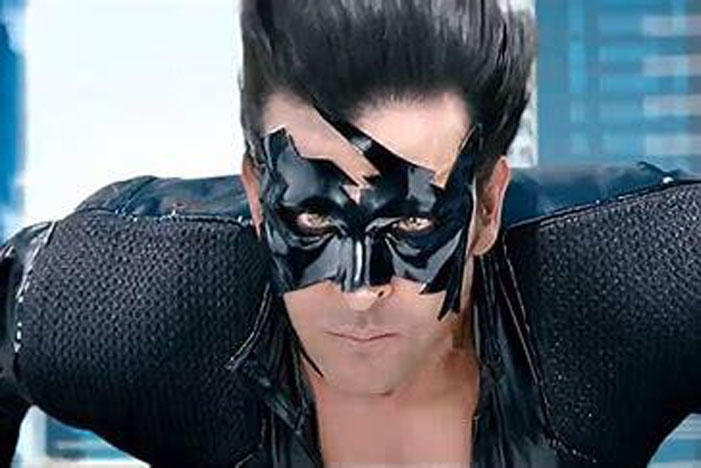
Take The Matrix, add a bit of The Dark Knight Rises, throw in some great music, amazing dancing and two glamourous stars and you have the 2006 Bollywood hit Krrish. Some people have suggested that this film redefined the Bollywood epic. It was one of the first films from India to cross over and make it in the West. This film also brought Priyanka Chopra global fame.
The story is simple: a young boy with superhuman strength and speed falls in love with a beautiful city girl. After moving to the city to try to marry her he becomes a superhero called Krrish. Does he get the girl? Does he save the world? Does he meet the ET like alien that briefly abducted his father and gave him superpowers? Watch and find out!
Things People Have Said About It:
“Armed with monumental expectations, this sequel to KOI... MIL GAYA [was] touted to win the hearts of kids from 6 to 60. Most importantly, KRRISH is expected to rewrite box-office history.” – Taran Adarash
Things to Learn: Cinema reuses and recycles images and ideas from culture to culture. If you want to see something interesting and exciting, look outside of Hollywood and Europe.
Film: Old Joy (USA, 2006)
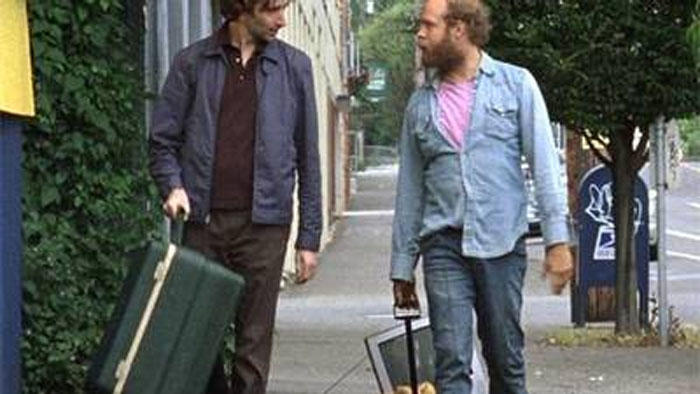
Old Joy is a little like sitting in a warm bath: relaxing, slow, and peaceful. The story of two friends on a camping trip it was the first major film by Kelly Reichardt who went on to direct the critically acclaimed Night Moves and Certain Women.
Old Joy is a study in friendship and narrative pacing. It is study in subtle screenwriting and was regarded as being a fine example of slow cinema. The opposite of a film like Krrish, Old Joy gives you time to think, to contemplate and to fully understand the characters. There are no songs and no dancing in sight!
Things People Have Said About It:
“Like a great jazz musician, Reichart understands that striking a single, well-placed note can resonate more profoundly than playing a splashy cascade of noise just because you can. "Old Joy" resounds with sustained images and sounds that are given the time and space to reverberate -- fitting for a movie that begins with the chirp of a bird perched on a gutter and the chime of a meditation gong.” - Roger Ebert
Things to Learn: Direction does not always need to be about action. It also needs to consider emotion, pace, character, and script.
Dr Paul Elliot has a passion for British film, television and the avant-garde and teaches across a variety of modules at the university. If you have any questions about Filmmaking at Worcester you can contact Paul via email on p.elliott@worc.ac.uk
Find out more about the Arts at Worcester